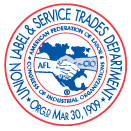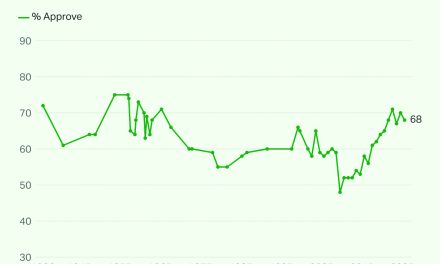In the battle for workers’ rights, there’s a formidable opponent: the $340 million anti-union industry. This behemoth stomps all over the workers, leaving them vulnerable and voiceless. From cutting down the trees that provided shade for striking workers during the SAG-AFTRA strike to employing sophisticated tactics to thwart unionization efforts, the deck is often stacked against the employees looking to organize.
According to MIT professor Thomas Kochan, less than 10% of workers’ efforts to unionize succeed when employers resist. The barriers are high, with current regulations requiring union organizers to garner the support of 30% of a business’s employees to file a petition asking to hold an election to unionize. Even then, the employer holds considerable sway, they have option to accept the union outright, bypassing the need for a vote, but most choose to make a petition go to a vote.
In 2008, the late Senator Ted Kennedy proposed the Employee Free Choice Act, which aimed to empower workers by allowing the National Labor Relations Board (NLRB) to certify a union without employer approval and an official election. Unfortunately, despite its potential to shift the balance of power towards workers, the Democratic Party did not prioritize the bill at the time. However, it presents an opportunity that can be revitalized and championed today: “card check” unionizing.
STEPS TO FORMING A UNION
Workers seeking to unionize face a daunting journey, but there are clear steps they can take to navigate this terrain:
Building Support: Employees should engage in conversations with their coworkers to build support around shared issues. This often involves forming an organizing committee.
Seeking Guidance: Contacting an established union for support and guidance or organizing an independent union.
Gathering Support: Collecting union authorization cards or petitions from coworkers to demonstrate support for forming a union.
Choosing a Path: Once support is gathered, there are generally two paths to follow:
Majority Signup/Voluntary Recognition: Where a majority of employees seek union representation and ask their employer to recognize the union voluntarily.
NLRB Election: Involves gathering at least 30% of coworkers’ signatures on union authorization cards/petitions and filing for a union election with the NLRB.
PROTECTION AGAINST RETALIATION
Workers have the right to join together to address workplace conditions without fear of retaliation. It’s illegal for employ-ers to retaliate against employees exer-cising these rights. The National Labor Relations Board (NLRB) provides recourse for those who believe their rights have been violated.
RESPONDING TO UNION ORGANIZING
Employers resort to various tactics to undermine unionization efforts, but they are not without limits. The National Labor Relations Act (NLRA) prohibits certain actions:
No Retaliation: Employers cannot retaliate against employees for union activities.
No Coercion: They cannot impose new requirements or threaten employees.
No Discrimination: Discrimination based on union activities is illegal.
PREPARATION AND DOCUMENTATION
Preparation is key to countering management’s anti-union tactics. Organizers must equip themselves with knowledge of workers’ rights and develop strategies to track and respond to employers’ tactics. Digital tools play a crucial role in documenting and exposing illegal activities. From archiving email communications to recording meetings with management, technology empowers workers to shine a light on union-busting activities.
By arming themselves with knowledge, solidarity, and digital tools, workers can tip the scales in their favor and reclaim their rights in the workplace. While the anti-union industry may wield significant power, it is not insurmountable. With perseverance and collective action, workers can fight back and secure the fair treatment and representation they deserve.







